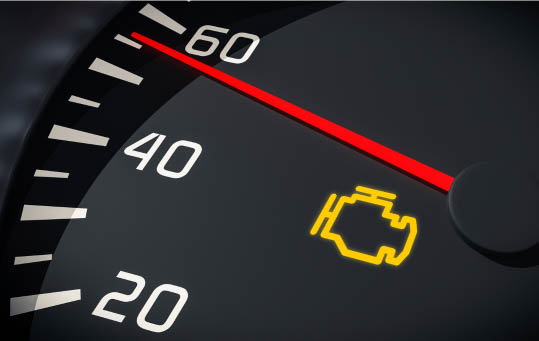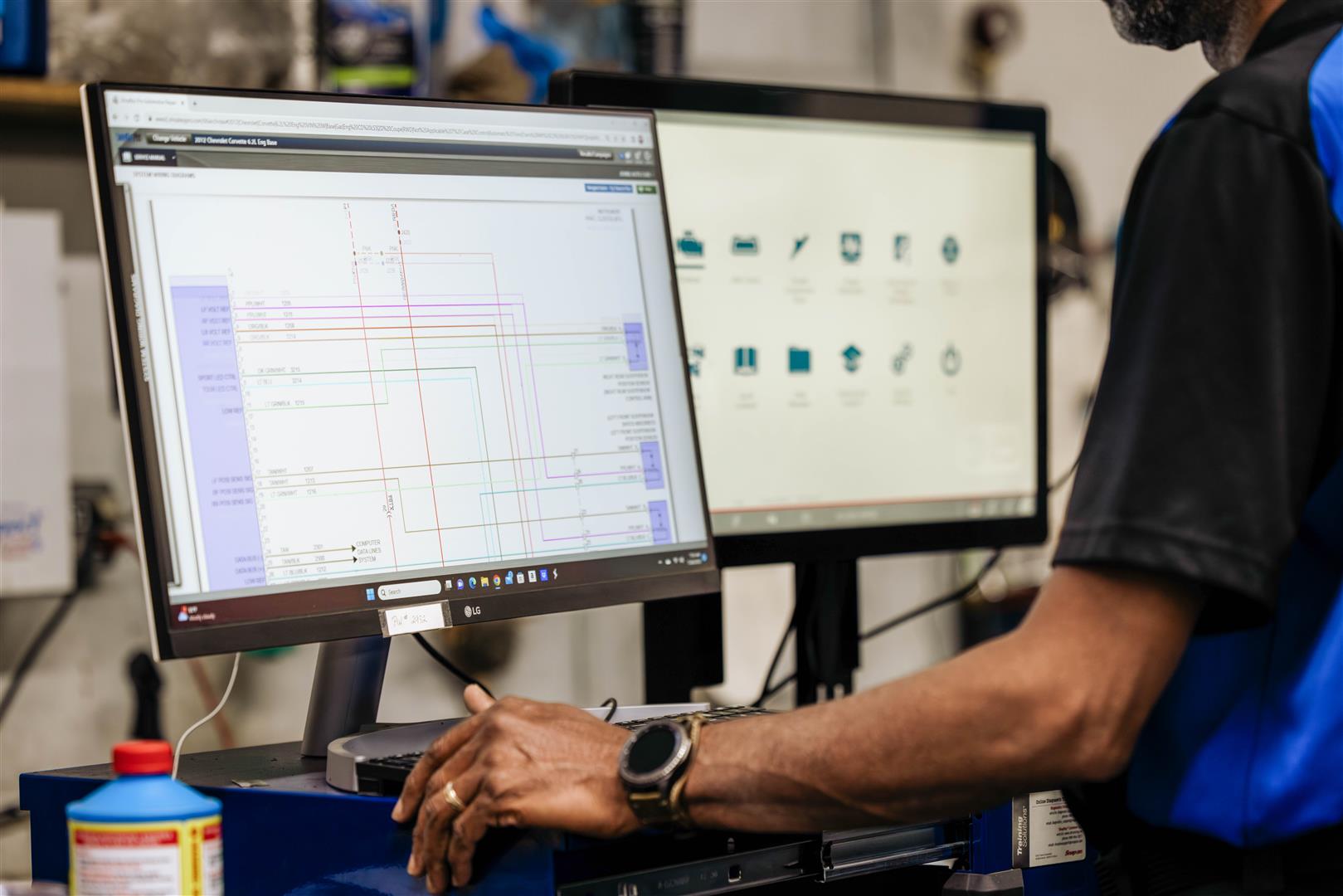
That dreaded moment when your vehicle's check engine light comes on can be quite a cause for concern. For many drivers, the sight of that ominous light prompts a series of questions: What’s wrong with my car? Is a breakdown imminent? Can I keep driving it? In this article, we'll delve into the reasons behind the check engine light activation and explore what to do when it does.
Understanding the Check Engine Light
 The check engine light is a part of your car's onboard diagnostics system (OBD-II) designed to monitor and identify issues related to the vehicle's engine, transmission, or emission control systems. When a problem is detected, the light is triggered to alert the driver that something requires attention.
The check engine light is a part of your car's onboard diagnostics system (OBD-II) designed to monitor and identify issues related to the vehicle's engine, transmission, or emission control systems. When a problem is detected, the light is triggered to alert the driver that something requires attention.
Some Common Reasons Your Check Engine Light Comes On
Faulty Oxygen Sensor
Oxygen sensors monitor the level of oxygen in the exhaust gasses. A malfunctioning sensor can lead to reduced fuel efficiency and increased emissions.
Loose or Damaged Gas Cap
A loose or damaged gas cap can cause fuel vapors to escape, triggering the check engine light. Ensuring a tight seal on the gas cap is a simple fix.
Catalytic Converter Issues
Problems with the catalytic converter, such as a failing or clogged converter, can lead to increased emissions and trigger the warning light.
Mass Airflow Sensor Malfunction
The mass airflow sensor measures the amount of air entering the engine, helping with fuel injection. A malfunctioning sensor can affect engine performance.
Spark Plug or Ignition Coil Problems
Faulty spark plugs or ignition coils can result in poor combustion, leading to reduced engine performance and potential damage to the catalytic converter.
Issues with the Exhaust Gas Recirculation (EGR) Valve
Problems with the EGR valve can impact emissions and trigger the check engine light.
Malfunctioning Thermostat
A malfunctioning thermostat can cause the engine to overheat, prompting the check engine light to come on.
Battery or Charging System Issues
Low voltage or charging system problems can lead to the activation of the check engine light.
What to Do When the Check Engine Light Comes On
Don't Panic
Although it’s essential to identify the specific error code promptly, it doesn't necessarily mean an immediate breakdown. If you’re not experiencing any symptoms, stay calm and get your car to a qualified auto repair shop when you can.
Check for Simple Issues
Make sure your gas cap is securely tightened. If it isn’t, that could cause your check engine light to come on and is an easy fix.
Identify the Error Code
An OBD-II scanner can help you identify the code triggering the check engine light. John’s Auto Care offers free code readings. Schedule your FREE Check Engine Light Scan
Seek Professional Help
 Despite what you may have heard, pulling the code is just the first step in figuring out what’s wrong with your vehicle. The code itself does not provide a specific diagnosis of the problem, but it will point your mechanic in the right direction so they can then properly diagnose the problem.
Despite what you may have heard, pulling the code is just the first step in figuring out what’s wrong with your vehicle. The code itself does not provide a specific diagnosis of the problem, but it will point your mechanic in the right direction so they can then properly diagnose the problem.
Prompt diagnostics by a qualified mechanic are crucial to maintaining optimal performance and preventing more extensive and costly problems.
The check engine light serves as a valuable warning system, indicating potential issues with your vehicle. Understanding the common reasons for its activation and taking timely action can help prevent further damage and ensure the longevity of your car. Remember, addressing the underlying problem is not only beneficial for your vehicle but also for your safety and the environment.